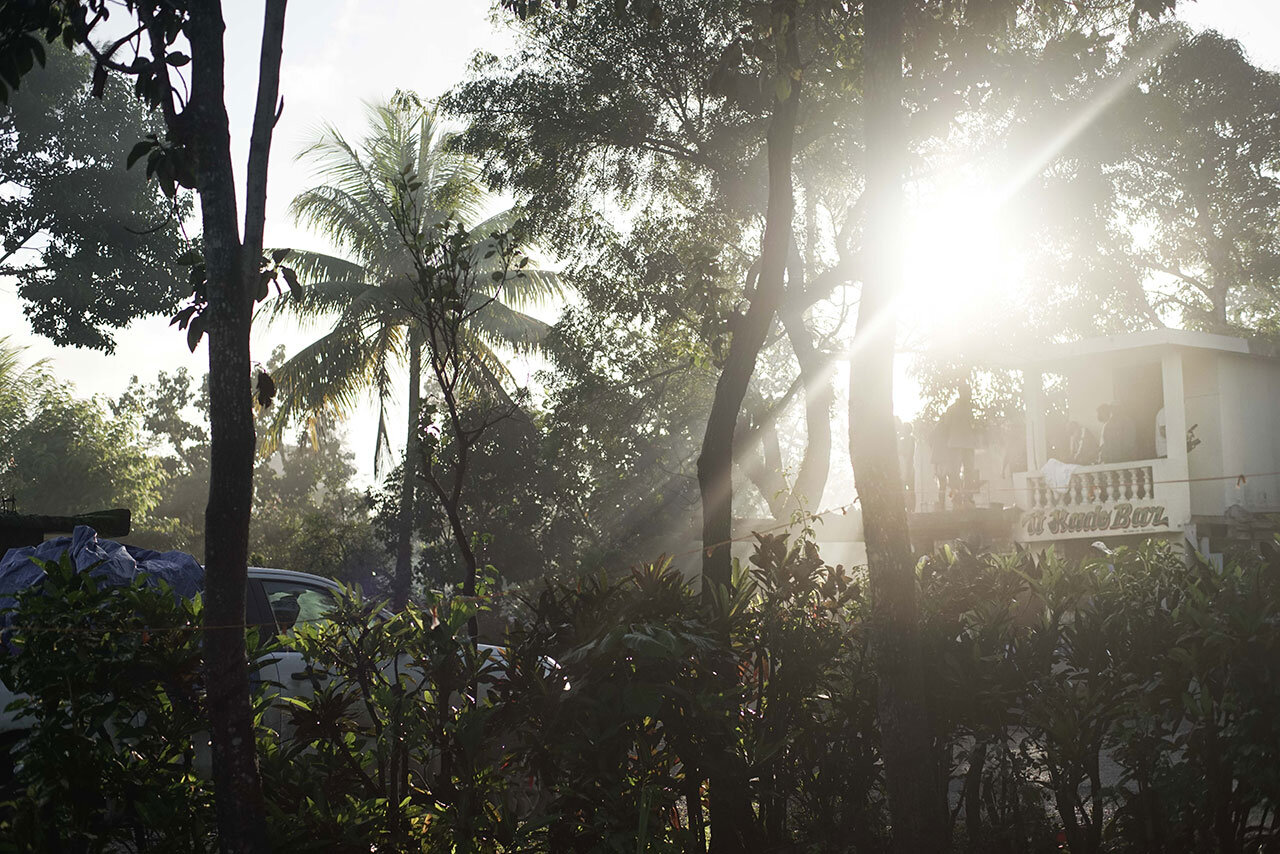RUN ACROSS HAITI® ROUTE HIGHLIGHT: Day 1, Cap Haitien
POPULATION
274,404
HISTORY
Cap Haitien was an important city during colonial times. It was the the capital of Saint-Domingue (what is now Haiti) from 1711-1770 before the capital was moved to Port-au-Prince.
DESCRIPTION
274,404
HISTORY
Cap Haitien was an important city during colonial times. It was the the capital of Saint-Domingue (what is now Haiti) from 1711-1770 before the capital was moved to Port-au-Prince.
DESCRIPTION
- Cap Haitien is located on the northern coast of Haiti, and is now the capital of the department of Nord.
- The main city center is situated between the bay to the east and the mountains to the west.
- Similar to many other Haitian cities, the local economy is fueled by produce, including bitter oranges, bananas, pineapples, sugarcane, coffee, and cacao.
- Haiti was the richest colony of France during the Colonial Era, and Cap-Haitien was the wealthiest city in the colony. As a result, Cap Haitien became known as “Paris of the Antilles” or “Paris of the West”
- Because of its picturesque beaches and Colonial monuments, Cap Haitien is a popular vacation destination for Haiti’s upper class.
- Around the time of the Haitian Revolution, many craftsmen from Cap‑Haïtien fled to the French-controlled New Orleans and as a result, the two cities share many architectural similarities.
- It is home to the largest fortress in the Americas, Citadelle Laferriere, which was built by a key leader during the Haitian slave rebellion, Henri Christophe and was classified by UNESCO as a World Heritage site in 1982.
















